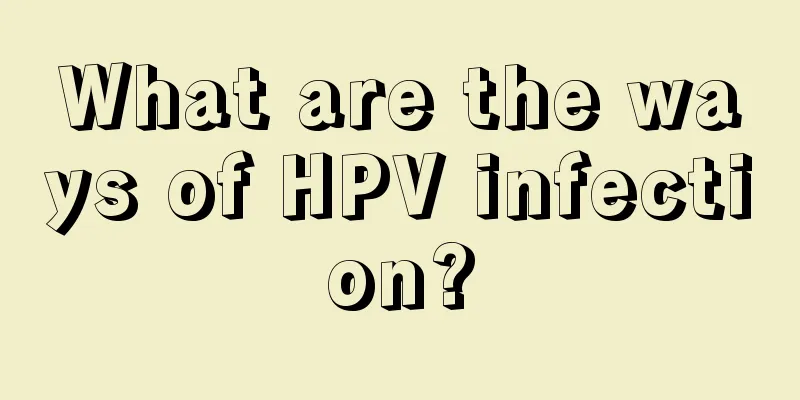What are the ways of HPV infection?

|
HPV virus is a contagious disease that is mainly transmitted through direct contact. It is also a sexually transmitted disease and is most contagious in the first few months of the onset of the disease. The second is mother-to-child transmission and indirect object transmission, so once the HPV virus occurs, isolation measures must be taken. We need to understand in detail the infection routes of the HPV virus? HPV virus is the abbreviation of human papillomavirus, which is a member of the genus Papillomavirus A of the family Papovaviridae. It is an infectious disease caused by spherical DNA virus infection. The virus mainly infects the human epidermis and mucosal squamous epithelium. More than 130 species have been isolated so far. The virus only invades humans and is not pathogenic to other animals. After regular systematic treatment, the virus will be eliminated by the human body. Some scholars have also suggested that the virus can be carried for life. This debate still requires scientific research and demonstration. When faced with this virus, we should have a general understanding of it and know its infection routes so as to prevent it from happening. HPV infection route: 1. Direct contact transmission, which is the main route of transmission. According to research, 2/3 of patients with contact genital warts may develop this disease. The average infectious period is 3.5 months and the disease is most contagious with patients being most susceptible to the disorder. 2. Indirect object infection. Genital warts are rarely transmitted through daily necessities such as underwear and washbasins, and bath towels. This type of transmission is rare and only occurs when living with or bathing with someone with genital warts. 3. Mother-to-child transmission: Infants and children with genital warts or laryngeal papilloma may be infected with HPV or have close contact with the mother during the birth process after the birth canal infection. 4. Close contact. 5. Nosocomial infection: Medical staff fail to provide adequate protection during treatment and care, resulting in infection themselves or the infection being transmitted to patients through medical staff; 6. Mother-to-child transmission: It is through close contact between the baby and the pregnant woman’s birth canal. |
>>: What happens if genital herpes is not treated completely?
Recommend
Happy couples have these 10 habits
The Gender Relationship Research Group at the Uni...
Women's sexual privacy
AMY: The first time I had bad luck was during my ...
Eating the forbidden fruit is equivalent to seeking death
Sex education in schools and families should at l...
Note: Can long-term coughing also cause vaginal relaxation?
Vaginal relaxation refers to the phenomenon that ...
Why do men like to watch pornographic images?
Edison Chen's "porn photo scandal" ...
Men need men like fish need water
"The water of Taohuatan is a thousand feet d...
Men should also be on guard against these women's diseases
Due to differences in body structure, genes, horm...
How big is the impact of size on pleasure?
Men all hope that their penis is bigger, at least...
What causes burning sensation when urinating after sex?
Sex life is an indispensable part of life for adu...
What women care about most in their sex life
As the saying goes, "Know yourself and know ...
Why can't couples sleep on the same pillow?
As the saying goes, "A couple who sleeps on ...
Why is a lover more attractive than a wife?
Possessiveness A man's fickleness in relation...
In fact, women don't like you to treat her like this during sex.
1. "Can I lend you my coat?" Many men t...
6 things men love women to do in bed
It is easy for women to overlook some details in ...
Types of IUDs
For many families who have already given birth, h...









